Industrial camera lenses are used in a wide variety of applications, including machine vision, robotics, and medical imaging. They come in a variety of types, each with its own unique set of features and specifications. By understanding the different types of lenses available, you can choose the one that best meets your needs.
Types of Industrial Lenses
Industrial lenses come in a variety of types, each with its own unique set of features and specifications. The most common types of industrial lenses include:
Fixed focal length lenses have a fixed focal length, which means that the magnification does not change when the lens is focused. Fixed focal length lenses are typically used for applications where a specific magnification is required, such as machine vision or medical imaging.
Zoom lenses have a variable focal length, which means that the magnification can be changed by zooming in or out. Zoom lenses are more versatile than fixed focal length lenses and are often used for applications where the magnification needs to be adjusted frequently, such as robotics or automotive manufacturing.
Telecentric lenses are a type of zoom lens that is designed to produce images with a flat field of view. This makes them ideal for applications where it is important to have accurate measurements of objects in the field of view, such as quality control or inspection.
Macro lenses are designed for close-up photography. They have a very short focal length and a large maximum aperture, which allows them to produce sharp images of objects that are very close to the lens. Macro lenses are often used for industrial applications such as inspecting small parts or taking close-up photographs of products.
Applications of Industrial Lenses
Industrial camera lenses are used in a wide variety of applications, including:
Machine vision
Medical imaging
Industrial automation
Robotics
Automotive manufacturing
Quality control
How to Choose the Right Industrial Lens
When choosing an industrial lens, it is important to consider the following factors:
The application. The type of application will determine the type of lens that you need. For example, if you are using the lens for machine vision, you will need a lens with a high resolution and a wide field of view.
The working distance. The working distance is the distance between the lens and the object being photographed. This distance will affect the focal length of the lens that you need.
The field of view. The field of view is the area that is visible in the image. This will affect the focal length of the lens that you need.
The resolution. The resolution is the number of pixels in the image. This will affect the size of the image and the amount of detail that is visible.
The distortion. Distortion is the way that the lens bends or distorts the image. This can be caused by a variety of factors, such as the focal length of the lens, the aperture, and the distance between the lens and the object being photographed.
The cost. The cost of an industrial camera lens can vary significantly. It is important to consider the budget for your project when choosing a lens.
Industrial lenses are essential for a wide variety of applications. By understanding the different types of lenses available, their applications, and how to choose the right one for your needs, you can ensure that you get the best possible results.
Extra tip: If you are not sure which industrial lens is right for you, please consult POMEAS customer service. We can help you assess your needs and select a lens that meets your requirements.
References
- Industrial Camera Lenses: A Guide for Beginners
- Types of Industrial Camera Lenses
- How to Choose the Right Industrial Camera Lens
Product recommendation
TECHNICAL SOLUTION
MORE+You may also be interested in the following information
FREE CONSULTING SERVICE
Let’s help you to find the right solution for your project!


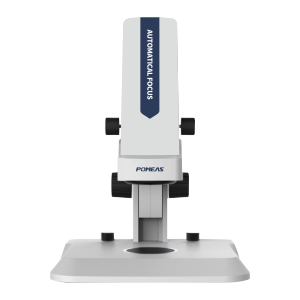
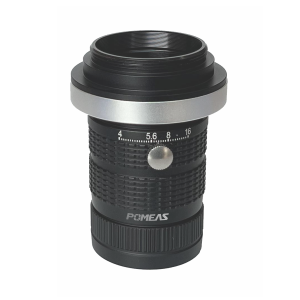
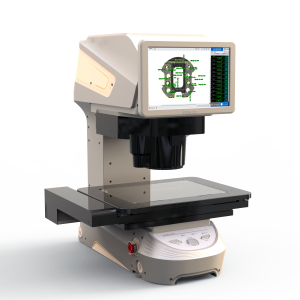
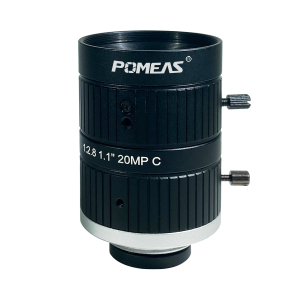
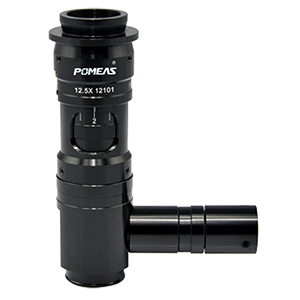
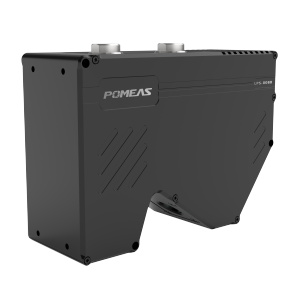
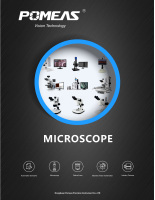

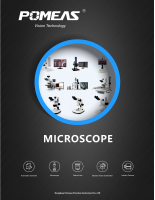
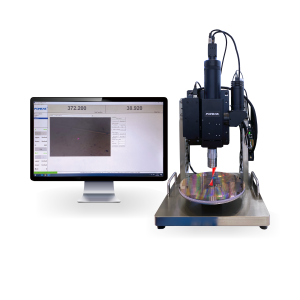
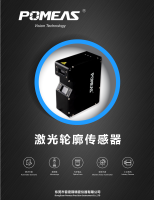
 ASK POMEAS
ASK POMEAS  PRICE INQUIRY
PRICE INQUIRY  REQUEST DEMO/TEST
REQUEST DEMO/TEST  FREE TRIAL UNIT
FREE TRIAL UNIT  ACCURATE SELECTION
ACCURATE SELECTION  ADDRESS
ADDRESS Tel:+ 86-0769-2266 0867
Tel:+ 86-0769-2266 0867 Fax:+ 86-0769-2266 0867
Fax:+ 86-0769-2266 0867 E-mail:marketing@pomeas.com
E-mail:marketing@pomeas.com
